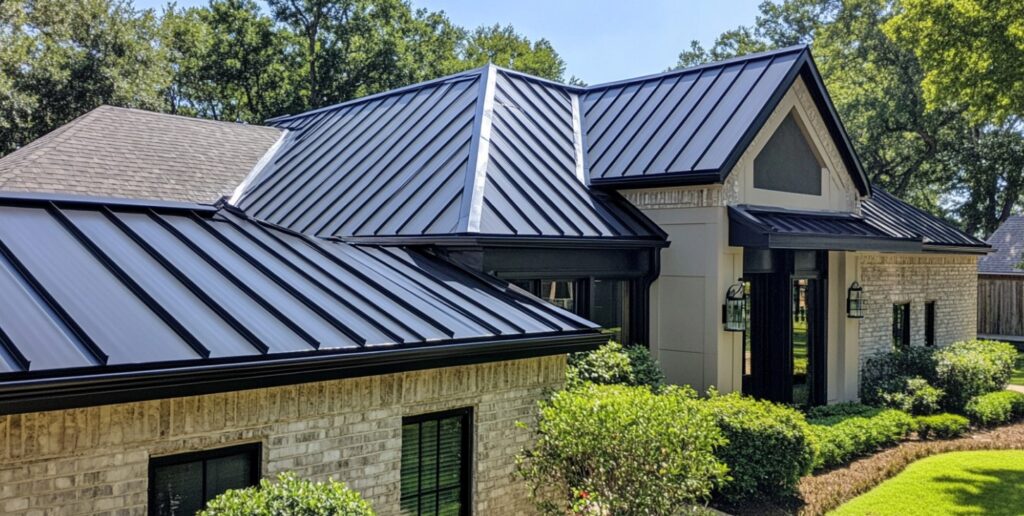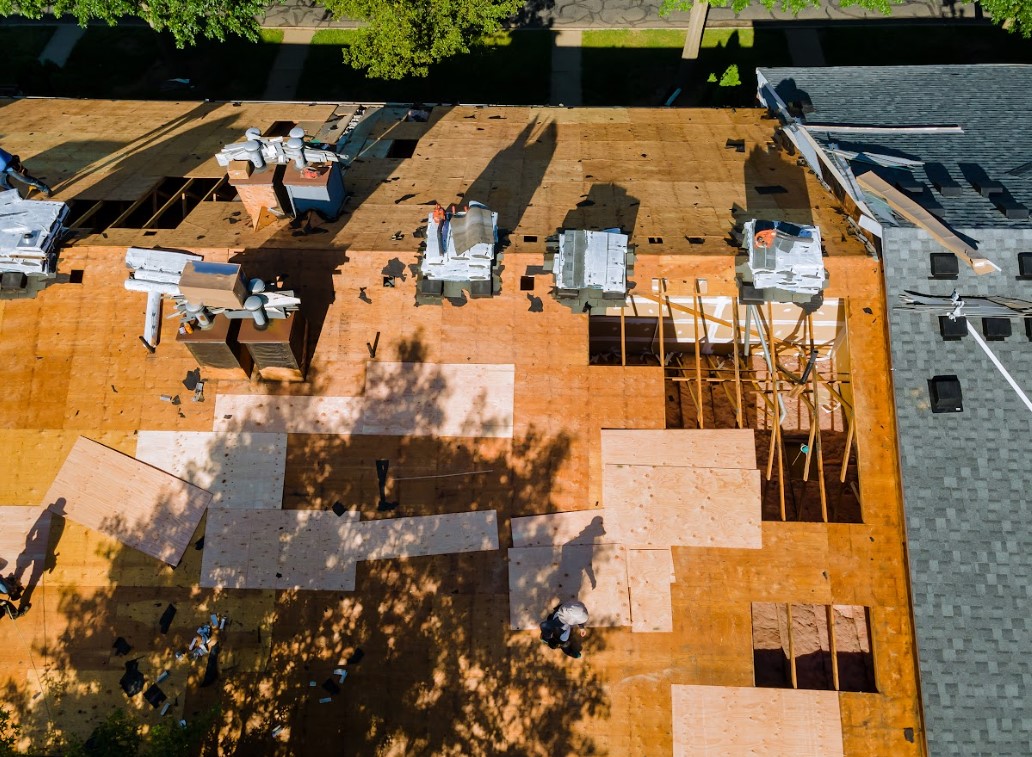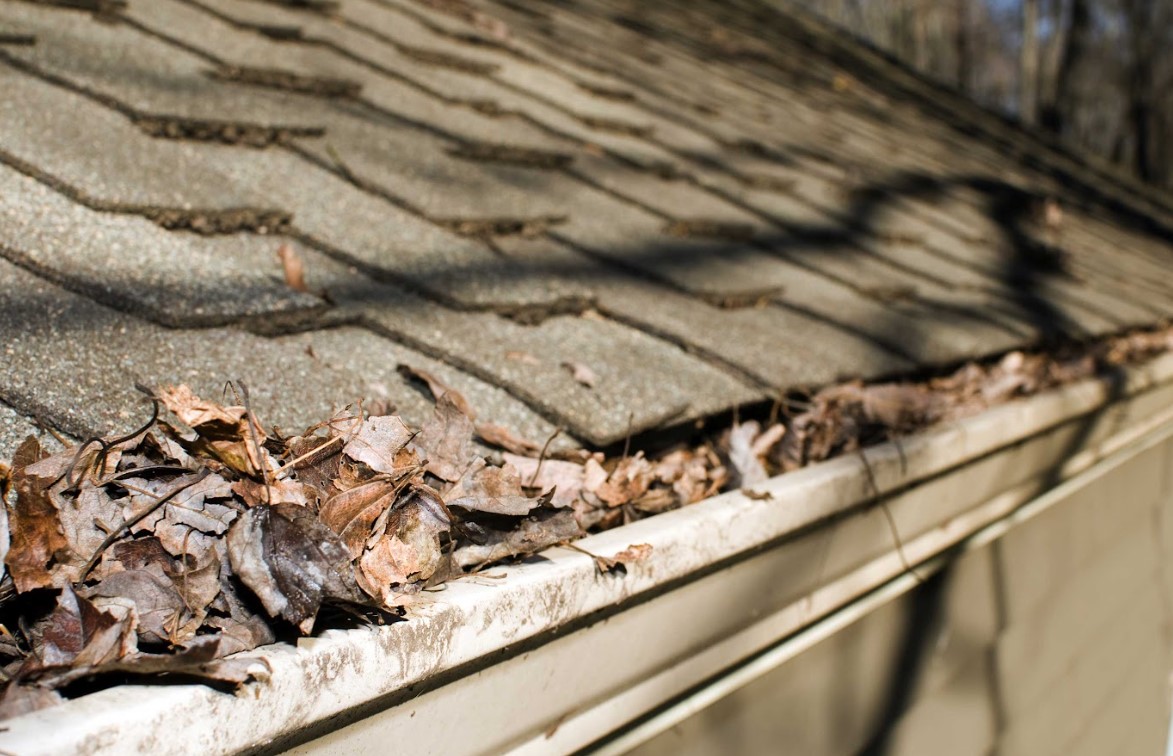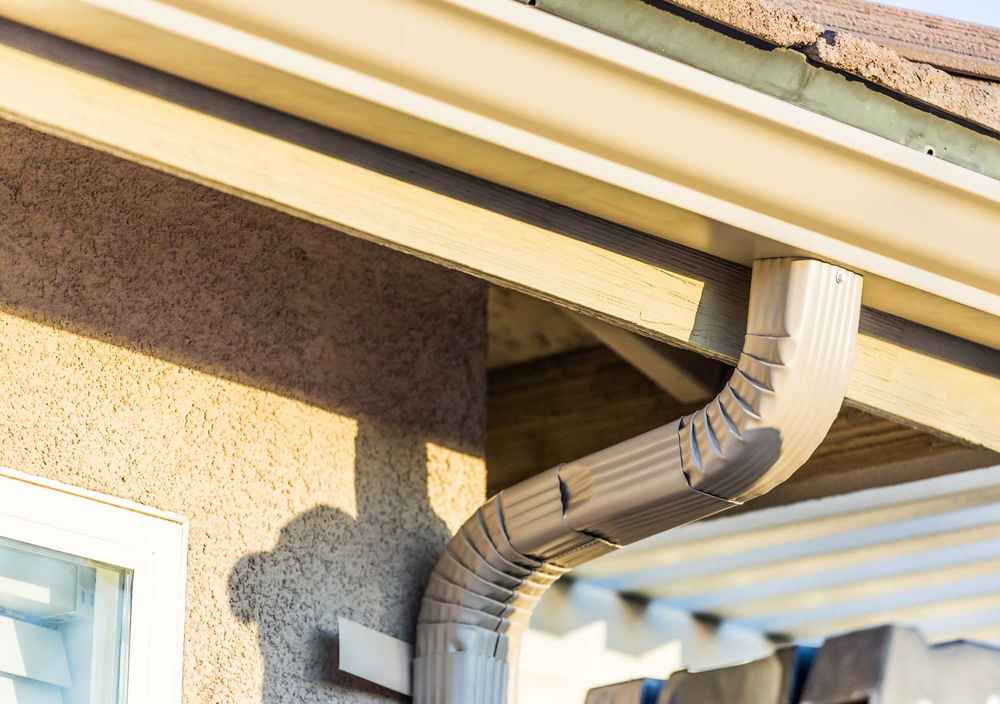Exposed fastener metal roofs are one of the most widely used and cost-effective roofing systems in both residential and commercial construction. Known for their simple design and durable performance, these roofs are especially popular for barns, garages, workshops, and even modern homes. If you’re researching metal roofing options, understanding how exposed fastener systems work can help you make the right decision for your property.
In this guide to exposed fastener metal roofs, we’ll explain what they are, how they differ from standing seam systems, their benefits and drawbacks, key components, installation factors, and long-term maintenance tips. Whether you’re planning a new build or replacing an old roof, this guide provides the facts you need to make an informed choice.
What Are Exposed Fastener Metal Roofs?
An exposed fastener metal roof is a type of roofing system in which the fasteners (screws) used to secure the metal panels to the structure remain visible after installation. These fasteners penetrate both the metal panel and the roof deck beneath it, holding everything in place.
Unlike standing seam metal roofs, where fasteners are concealed beneath raised seams, exposed fastener systems leave the screws visible on the panel surface. Despite this, they offer strong protection and are easier and less expensive to install.
Common Applications for Exposed Fastener Metal Roofs
Due to their affordability and versatility, exposed fastener systems are used in a wide variety of buildings, including:
- Agricultural buildings (barns, pole barns, sheds)
- Commercial structures (warehouses, storage facilities)
- Industrial buildings
- Residential garages and carports
- Cabin and rural-style homes
Key Components of Exposed Fastener Roof Systems
Exposed fastener metal roofs typically consist of the following components:
- Corrugated or ribbed metal panels: Often 26- or 29-gauge steel or aluminum.
- Fasteners with rubber washers: Used to prevent leaks at penetration points.
- Closure strips and sealants: Installed beneath panel overlaps to keep out moisture and pests.
- Trim pieces: Used around eaves, ridges, valleys, and edges for a finished look and added protection.
These systems come in a variety of profiles and finishes, making them adaptable to different design needs and regional weather conditions.
Pros of Exposed Fastener Metal Roofs
1. Affordable Installation
One of the biggest advantages of exposed fastener metal roofs is their cost-effectiveness. They use fewer materials, are easier to fabricate, and can be installed faster than concealed fastener systems, making them a popular choice for budget-conscious projects.
2. Simple Installation Process
Because panels are directly fastened to the roof deck, exposed fastener systems are simpler to install. This reduces labor time and cost and allows for quicker turnaround on larger buildings.
3. Durable and Weather-Resistant
Modern exposed fastener panels are coated with high-performance paint systems like SMP or PVDF and are designed to withstand wind, rain, snow, and UV exposure. With proper installation and maintenance, these roofs can last 30 to 40 years or longer.
4. Lightweight
Metal panels are much lighter than shingles, concrete tiles, or wood shakes. This means they can be installed over existing roofing systems in some cases, reducing tear-off and disposal costs.
5. Wide Range of Colors and Styles
Exposed fastener panels come in many different finishes, profiles, and colors, offering design flexibility even with a budget-friendly system.
Considerations Before Choosing Exposed Fastener Systems
1. Potential for Fastener Loosening
Because fasteners penetrate the metal panel and remain exposed to the elements, they may loosen over time due to expansion and contraction. Routine inspection and retightening may be necessary.
2. More Visible Hardware
The screws and washers are visible on the roof surface. While this doesn’t affect performance, some property owners prefer the cleaner look of concealed systems.
3. Higher Risk of Leaks at Penetration Points
Improperly installed or aging fasteners can allow water infiltration. This is why it’s important to choose corrosion-resistant screws with high-quality neoprene washers and to inspect the roof regularly.
4. Shorter Lifespan Than Standing Seam
While exposed fastener roofs are durable, they generally don’t last as long as standing seam systems, which can exceed 50+ years due to their hidden fastening method and better expansion tolerance.

Cost of Exposed Fastener Metal Roofs
Exposed fastener roofs are among the most affordable metal roofing options on the market.
Estimated Costs (including materials and installation):
- $4 to $8 per square foot for most buildings
- A 2,000-square-foot roof could range from $8,000 to $16,000 total
Pricing can vary depending on:
- Panel gauge and coating
- Roof slope and complexity
- Local labor rates
- Trim and accessory choices
These systems offer excellent return on investment, particularly for agricultural, industrial, and large-scale buildings where cost-per-square-foot efficiency is crucial.
Lifespan and Maintenance
A properly installed and maintained exposed fastener metal roof can last 30 to 40 years, and even longer with proactive care. Here’s how to maximize its lifespan:
Inspect Annually
Look for loose fasteners, worn washers, rust, and sealant failure. Address small issues before they turn into major problems.
Tighten or Replace Fasteners
Temperature changes cause metal panels to expand and contract. Over time, this movement may cause screws to back out. Re-tightening or replacing fasteners every 10 to 15 years is common practice.
Check Coating for Damage
Scratches or chipped paint should be addressed promptly to prevent rust. Most modern panels come with long-lasting finishes, but damage from hail or debris should be repaired.
Keep Roof Clean
Remove branches, leaves, and dirt buildup to promote drainage and prevent corrosion.
Seal Joints and Edges
Ensure caulk and sealants around trims and overlaps remain intact. UV exposure can cause these materials to dry out and crack over time.
Comparison: Exposed Fastener vs. Standing Seam
| Feature | Exposed Fastener | Standing Seam |
| Fastener Visibility | Visible | Hidden |
| Installation Cost | Lower | Higher |
| Lifespan | 30–40 years | 50+ years |
| Maintenance Requirements | Moderate | Low |
| Design Appearance | Industrial/Agricultural look | Sleek/Modern look |
| Water Resistance | Good, if maintained | Excellent |
| Expansion Handling | Limited | Excellent (floating clip system) |
For high-performance, architecturally driven projects, standing seam may be the better fit. But for functional and affordable roofing, exposed fastener systems are hard to beat.
Energy Efficiency and Environmental Benefits
Exposed fastener metal roofs can be highly energy efficient when paired with reflective coatings. Cool roof finishes help reduce heat absorption, which lowers cooling costs during the summer months. According to the U.S. Department of Energy, reflective metal roofs can reduce peak cooling demand by 10–15%.
In addition, metal roofing panels are often made from recycled steel or aluminum and are 100% recyclable at the end of their lifespan. This reduces landfill waste and supports sustainable building practices.
Are Exposed Fastener Roofs Right for You?
Exposed fastener metal roofs offer the ideal combination of affordability, durability, and ease of installation. While they may require more maintenance than premium systems, they provide dependable protection for decades when properly installed and maintained.
These roofs are an excellent option for:
- Agricultural buildings
- Workshops and sheds
- Budget-conscious residential projects
- Large-scale commercial or industrial structures
- Retrofits and secondary structures
The key to long-term performance is using high-quality materials and hiring a skilled roofing contractor who understands metal roofing best practices.
Get Expert Help from Gutapfel Roofing
At Gutapfel Roofing, we’ve been installing exposed fastener metal roofs across Indiana for over 80 years. We specialize in providing reliable, affordable roofing systems that are built to last. Our team uses the highest-quality panels, fasteners, and sealants to ensure a weather-tight and professional finish.
Whether you’re outfitting a new build, replacing an old roof, or looking to improve energy efficiency, we’re here to help.
Get a free estimate now and let Gutapfel Roofing help you choose the best metal roof system for your property. We offer expert guidance, transparent pricing, and workmanship you can trust.



